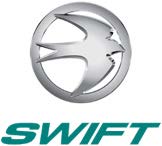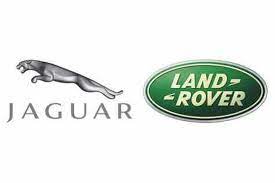
Symetri assists JLR to convert 8 Clay Modellers into competent members of the Digital Modelling team.

Symetri assists JLR to convert 8 Clay Modellers into competent members of the Digital Modelling team. The intention was to create a training course that would ensure that successful candidates would support the core CAS team as soon as they were competent and confident. The hope was to start seeing a part return on investment within 3 months.
Jaguar Land Rover Limited is a British multinational automobile manufacturer which produces luxury vehicles and sport utility vehicles. Jaguar Land Rover is a subsidiary of Tata Motors Limited and has its root office at Whitley, Coventry, England.
Customer Challenge
To address the imbalance of skill sets within the modelling department without losing the investment in and the experience of the core team.
The programme cycle and growth chart indicated that we had the right number of heads to sustain the projected workload but in the wrong disciplines. As the studio is becoming an increasingly digital lead, the resource numbers needed to increase in the CAS team.
As the studio clay modelling process incorporates more on-plate milling from digital data. The effectiveness of digital data reviews has increased. As has the confidence that it will be successfully translated to the physical model. Therefore less resource is required to prepare a physical model for review.
But the Design experience amassed by the clay modellers is invaluable and is not something to be discarded. It is widely felt that it can be translated to the digital modelling process and can serve to enhance a purely digital team and increase the diversity of skills and approaches of the whole team.
Solution
After consultation with Symetri Industrial Design & Visualisation Manager, Nick John, it was agreed to run a staggered 2-week tailored training course with a week break in between each module to allow the trainees to practise the lessons from the first week and ensure they we best placed to absorb the training in the second module. The option of in-house or off-site training was offered and discussed. It was felt by all parties that taking the trainees out of the working environment would not only focus them but help to build bonds and support through shared experience.
This would then be followed up with dedicated in-house elbow support taking them through a selection of modelling tasks to prepare them for core support.
Business Outcomes
Now 6 months into this project, each member has developed at their own pace ensuring that all of the key lessons and principles have been absorbed and put into practice before committing to supporting Live projects. This has been a staggered process with the member supporting after 2 months. All 8 of the trainees are now at a level to confidently support core Design projects.
Conclusions
All eight of the team are happy and engaged in their new roles and are enjoying the new challenges and different interactions and exposure that the digital modelling team offers.
The trainees were given the option to return to their former positions. Not one of them wanted to entertain the prospect. The success of the program has prompted more Clay Modellers to ask to be considered if the opportunity arose again.
It’s difficult to put a monetary figure to the return on investment at this point. What we can say is that the retention of valued members of the team and the experience that they can apply to their new role is invaluable and will pay back to the business many times over
Related Cases


Craven Fawcett | How a 180-year-old company, manufacturing products you are likely to see every single day.
Craven Fawcett clay working machinery is exported throughout the world, successfully competing for international market share on the basis of design, build quality, and price. Learn more



